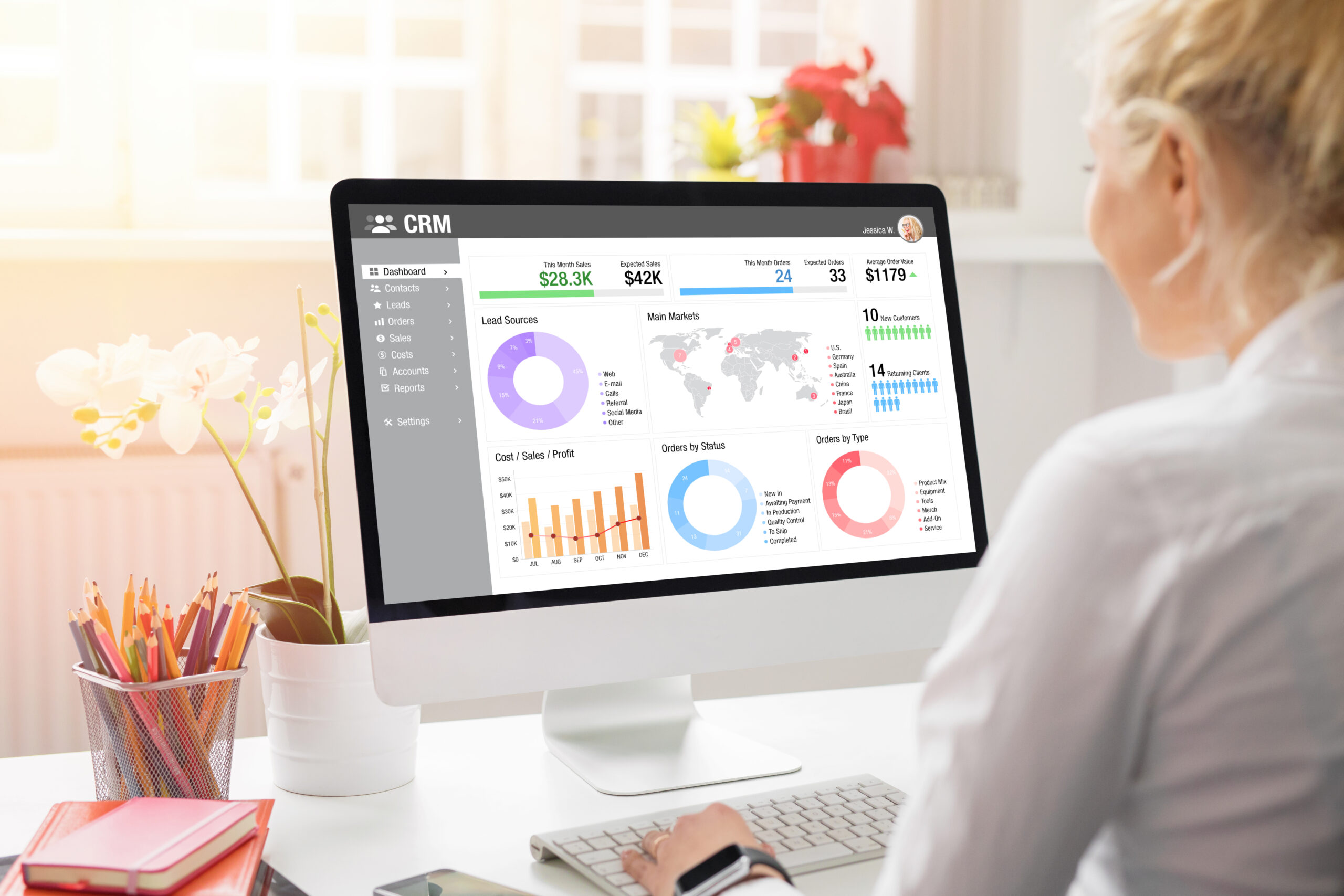
To say that the pandemic caused a seismic shift in how the world does business is an understatement. In particular, the B2B market learned firsthand that surviving the COVID-19 landscape meant moving away from conventional field sales methods. This includes embracing eCommerce, even at the expense of in-person interactions. Surprisingly, B2B buyers made it clear they prefer to make deals digitally. What’s even more surprising is that B2B sellers are also welcoming the shift.
When the pandemic was first declared in March 2020, many B2B companies bore the brunt of it. Companies were ordered to shut down their offices and plants in a bid to halt the spread of the virus. Only essential businesses such as grocery stores, pharmacies, and food deliveries were allowed to continue operating. Without the means to dispatch field sales representatives to support these industries, B2B companies turned to online channels to continue supplying manufacturers with the items they needed to continue operating. As a digital alternative to their typical operations, eCommerce became the primary driver for many B2B suppliers.
Sales teams (and buyers!) embraced the digital shift
When it comes to going digital, many major companies have already made significant investments to offer clients online purchasing options. Years before the pandemic struck, B2B companies launched sales portals and opened customer service channels to provide clients with alternate options. The initial reception, however, was lukewarm. Both buyers and sellers preferred using field sales transactions to evaluate new suppliers, enquire about products, and order items.
When the pandemic made in-person transactions temporarily unavailable, buyers went online en masse. Sellers were only too happy to oblige. According to McKinsey, both parties gave the following reasons for shifting to digital:
- Buyers feel safer making online transactions during a pandemic, especially during lockdowns.
- Sellers save on transportation and representation expenses without endangering the sale.
- Both parties enjoy 24/7 convenience and availability when ordering, in contrast to limited business hours for in-person field sales.
Video and live chat takes spotlight
Before the pandemic, it took field sales teams more time and effort to reach out to customers. This push was usually worth it as they got to return to the office with a successful sale. However, the fear of contracting COVID-19 put a screeching halt to in-person field sales. Thankfully, modern technology gave buyers and sellers effective alternatives: video conference calls and live chats.
Obviously, the safety angle remains the biggest reason why both buyers and sellers resorted to using these forms of communication. For sellers, in particular, reaching out to clients through video calls and live chats also helped them to save on travel costs.
The result of using these eCommerce methods? It’s like the field sales process never changed. Buyers continued to buy what sellers offered to sell. Whether through videoconferencing software, live chat, or email, eCommerce saved the day for B2B companies that went digital. By November 2021, buyers who preferred online transactions outnumbered those who had stuck with in-person sales.
Sales is now more data-driven than ever
With the shift to eCommerce, managing data became even more important for B2B companies. In fact, the Gartner Future of Sales 2025 report predicted that six out of 10 B2B companies will make the leap from conventional sales methods to data-driven sales by 2025.
The majority of today’s B2B buyers consist of millennials, making up 60% of the total B2B buyer population. Within that group of buyers, millennials also account for a sizable 30% of lead buyer positions. Sellers now know that if they want to reach this market, they should switch their marketing and advertising to the online channels that millennials (and their next-in-line, Gen Z) frequent. For these digital natives, traditional sales methods aren’t as effective as they once were for older generations. Because of social media’s influence and the age of instant gratification, millennial buyers prefer to do their own sales research.
A bigger digital footprint
The key to capturing the current generations’ interest is listening to them. Knowing how they work, what they look for, and how you can relate to them can help get the conversation rolling. For this to happen, companies need to invest in big data.
Adopting a bigger digital footprint can catch the attention of millennial buyers. Because they like to conduct their own research, companies should create web resources that have all the information these buyers need. Finally, using artificial intelligence and machine learning can help B2B companies to develop automated workflows and streamlined processes. This includes providing critical company or product data to field sales representatives before buyers even ask for them. However, none of these methods are possible without a push to capture and understand customer data.
Field sales have gone online – so should support for them
So, will these improvements in sales technology eliminate the need for field sales teams? On the contrary, these changes can actually help strengthen the capabilities of field sales representatives. Even as the majority of client calls consist of scheduled videoconference meetings or other omnichannel conversations, sales representatives remain the most front-facing employees.
More than anything, field sales teams will need to rely on sales tools such as videoconferencing software, omnichannel support, and collaboration solutions to help keep buyers digitally engaged. Sales reps are making the necessary transition from using mostly-instinctive methods to data-driven and technology-enabled sales efforts. Using cloud-based applications that allow salespeople to provide data and process orders from anywhere (even their homes) can help.
Keep up with field sales trends with Skynamo
Currently, field sales teams remain limited in their physical ability to reach clients who very much prefer the comfort of eCommerce. Whether the post-pandemic world means a fully-digital marketplace or a return of the travelling salesman, having the right tools to complete sales from anywhere is a must.
Skynamo is a field sales application that is designed and built for the modern salesperson. Its cloud-based access provides users with customer and product information that can help foster stronger client relationships. The application also helps sales managers monitor their teams’ sales calls and track individual sales rep activities so they can provide coaching at the right time. When a client decides they want to close a deal, Skynamo provides teams with the tools to capture and process sales orders anywhere, anytime.
We’d love to help your sales team efficiently close more deals. Get in touch with us today so we can learn more about your team’s specific requirements and arrange a demonstration.











